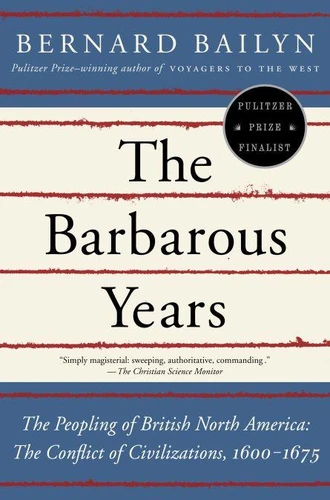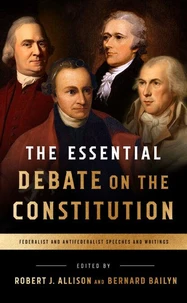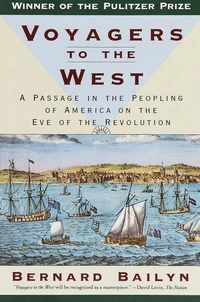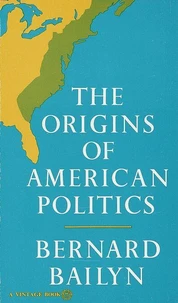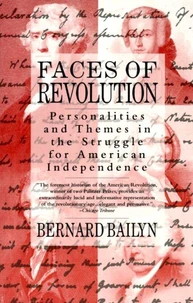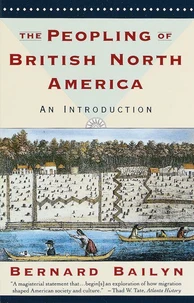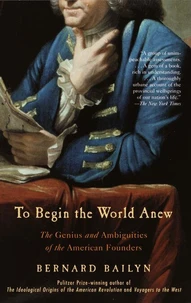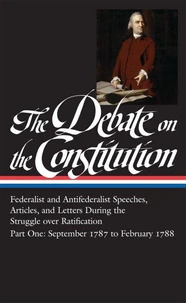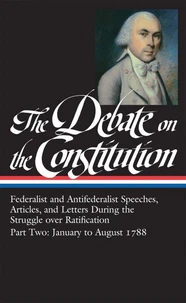The Barbarous Years. The Peopling of British North America: The Conflict of Civilizations, 1600 - 1675
Par :Formats :
Disponible dans votre compte client Decitre ou Furet du Nord dès validation de votre commande. Le format ePub protégé est :
- Compatible avec une lecture sur My Vivlio (smartphone, tablette, ordinateur)
- Compatible avec une lecture sur liseuses Vivlio
- Pour les liseuses autres que Vivlio, vous devez utiliser le logiciel Adobe Digital Edition. Non compatible avec la lecture sur les liseuses Kindle, Remarkable et Sony
- Non compatible avec un achat hors France métropolitaine
 , qui est-ce ?
, qui est-ce ?Notre partenaire de plateforme de lecture numérique où vous retrouverez l'ensemble de vos ebooks gratuitement
Pour en savoir plus sur nos ebooks, consultez notre aide en ligne ici
- Nombre de pages640
- FormatePub
- ISBN978-0-307-96082-5
- EAN9780307960825
- Date de parution06/11/2012
- Protection num.Adobe DRM
- Taille11 Mo
- Infos supplémentairesepub
- ÉditeurVintage
Résumé
Finalist for the Pulitzer PrizeA compelling, fresh account of the first great transit of people from Britain, Europe, and Africa to British North America, their involvements with each other, and their struggles with the indigenous peoples of the eastern seaboard. The immigrants were a mixed multitude. They came from England, the Netherlands, the German and Italian states, France, Africa, Sweden, and Finland, and they moved to the western hemisphere for different reasons, from different social backgrounds and cultures.
They represented a spectrum of religious attachments. In the early years, their stories are not mainly of triumph but of confusion, failure, violence, and the loss of civility as they sought to normalize situations and recapture lost worlds. It was a thoroughly brutal encounter-not only between the Europeans and native peoples and between Europeans and Africans, but among Europeans themselves, as they sought to control and prosper in the new configurations of life that were emerging around them.
They represented a spectrum of religious attachments. In the early years, their stories are not mainly of triumph but of confusion, failure, violence, and the loss of civility as they sought to normalize situations and recapture lost worlds. It was a thoroughly brutal encounter-not only between the Europeans and native peoples and between Europeans and Africans, but among Europeans themselves, as they sought to control and prosper in the new configurations of life that were emerging around them.
Finalist for the Pulitzer PrizeA compelling, fresh account of the first great transit of people from Britain, Europe, and Africa to British North America, their involvements with each other, and their struggles with the indigenous peoples of the eastern seaboard. The immigrants were a mixed multitude. They came from England, the Netherlands, the German and Italian states, France, Africa, Sweden, and Finland, and they moved to the western hemisphere for different reasons, from different social backgrounds and cultures.
They represented a spectrum of religious attachments. In the early years, their stories are not mainly of triumph but of confusion, failure, violence, and the loss of civility as they sought to normalize situations and recapture lost worlds. It was a thoroughly brutal encounter-not only between the Europeans and native peoples and between Europeans and Africans, but among Europeans themselves, as they sought to control and prosper in the new configurations of life that were emerging around them.
They represented a spectrum of religious attachments. In the early years, their stories are not mainly of triumph but of confusion, failure, violence, and the loss of civility as they sought to normalize situations and recapture lost worlds. It was a thoroughly brutal encounter-not only between the Europeans and native peoples and between Europeans and Africans, but among Europeans themselves, as they sought to control and prosper in the new configurations of life that were emerging around them.

